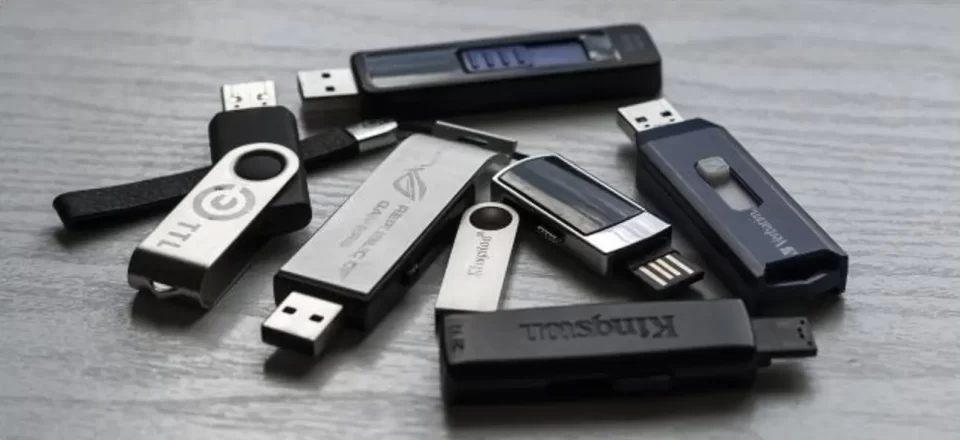
USB drives are vital parts of any IT system, providing external storage and simple file transfers. But they also run the risk of introducing malware to PCs.
We’ve talked in the past about USB drives which can completely destroy a PC, but this new threat is a little different. Believed to have been active in the digital wild since September 2021, Raspberry Robin (as it has been named by researchers) is a strain of malware loaded with a series of dangerous commands. Although it was first discovered in September 2021, researchers noted a sharp uptick in its activity during January 2022. Accordingly, like most malware, it’s likely that its activity will accelerate again in the future, so it’s crucial you know what to look for.
What is Raspberry Robin?
Despite sounding like a charming brand of candy, Raspberry Robin is far from sweet. Instead, it’s a form of malware which is delivered to its victims through an infected USB drive. Quite how Raspberry Robin makes its way onto these USB drives is a question which has security researchers scratching their heads. Regardless of this mystery, however, the fact remains that Raspberry Robin is there and it’s capable of causing digital chaos.
Once the infected USB drive is connected to an active PC, it uses this as a prompt to activate a shortcut link housed on the USB drive. This opens explorer.exe and, most importantly, MsiExec.exe which is used to install new programs in Windows. MsiExec.exe is then used to launch a communication channel to an external domain, from which it will receive malicious commands. Raspberry Robin also harnesses MsiExec.exe to install a malicious .DLL file, although it is yet to be established what the objective of this file is.
Another feature of Raspberry Robin’s attack strategy is to execute the Windows tool fodhelper.exe – this is used to manage features in Windows settings – and instruct rundll32.exe to, in turn, launch further malicious actions. These processes are executed with elevated admin privileges, yet do not require authorization from a User Account Control prompt. While this allows Raspberry Robin unauthorized privileges, it also highlights unusual behavior on a PC and can be used to identify the malware’s presence.
How Can You Avoid Raspberry Robin?
One of the simplest ways to minimize your risk against Raspberry Robin is to never plug unknown USB drives into a PC. Without scanning the drive thoroughly and securely, there is no way of knowing exactly what’s on there. And this can put your PC and indeed your entire IT network at risk.
Likewise, any new USB drives purchased by your organization should be tested by an IT professional on an offline network. This approach will prevent malware such as Raspberry Robin spreading throughout your IT network.
It’s also important that you practice good network monitoring. As Raspberry Robin communicates with external domains, significant traffic will be visible between your network and new, unknown locations. Identifying unusual traffic patterns such as this will allow you to investigate and take care of any concerns.
For more ways to secure and optimize your business technology, contact your local IT professionals.
Read More




